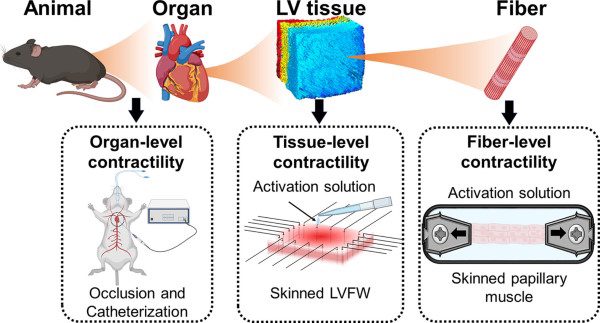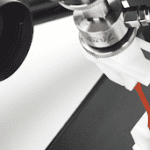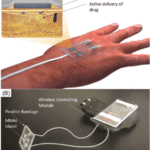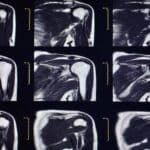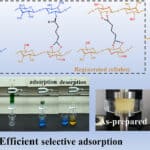Overview
The examination of heart muscle tissue function has unveiled intriguing findings. Focusing on myocardial tissues of the left ventricle in mice, this study highlighted a combination of active and passive behaviors. This investigation delves into diverse observation levels, capturing the intricate dynamics at the scale of individual fibers, tissues, and the entire organ.
Scientists have observed a fascinating similarity between the activation and relaxation patterns in tissues under constant tension and the behavior of papillary muscle fibers. Further exploration in this field could offer profound understandings of muscular dynamics and pave the way for targeted therapies in muscle-related conditions.
Key findings:
- Contractile behavior of the heart depends on various factors across different length scales, necessitating subject-specific tests to understand load transfer and disease mechanisms.
- Tissue-level stress is lower than fiber-level stress due to non-contractile constituents and myofiber orientation, explaining observed differences.
- Ex-vivo tissue stress aligns with organ-level stress estimates, supporting the applicability of tissue-level studies in improving understanding of cardiac function.
- Left ventricle tissues exhibit delayed stress development compared to papillary muscles, attributed to differences in Ca2+ diffusion rates and ATP-driven uptake, crucial for understanding cardiac function in health and disease.
The utilization of advanced testing tools such as the CellScale BioTester unveils invaluable insights into the mechanical properties of cardiac tissues. The BioTester was used to understand the passive conditions of the left ventricle free wall, by stretching it biaxially under a few test protocols. The results were then compared to the active relaxation conditions.
The exploration of left ventricle myocardial tissue function in mice has revealed a combination of active and passive behaviors. By examining diverse observation levels, from individual fibers to the entire organ, this study uncovers intricate dynamics within the cardiac structure. Insights gained from these investigations provide a deeper understanding of heart muscle contraction factors and essential performance metrics for evaluating heart tissue function, crucial in structural heart disease research. This can pave the way for advancements in cardiovascular health and treatment strategies.
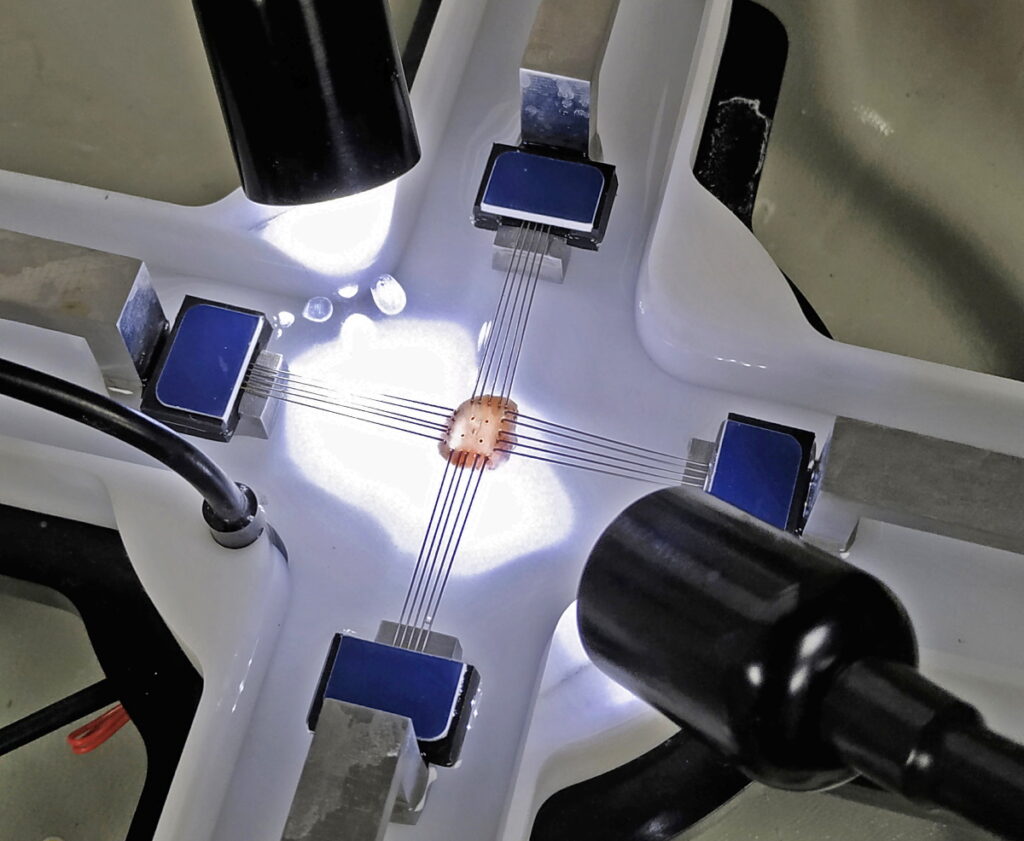
Interested in learning more about the tissue mechanics of the heart? Check out what Shahnaz Javani is doing at the University of Denver and how she is using the CellScale Biotester to explore Biaxial Heart Tissue testing.

